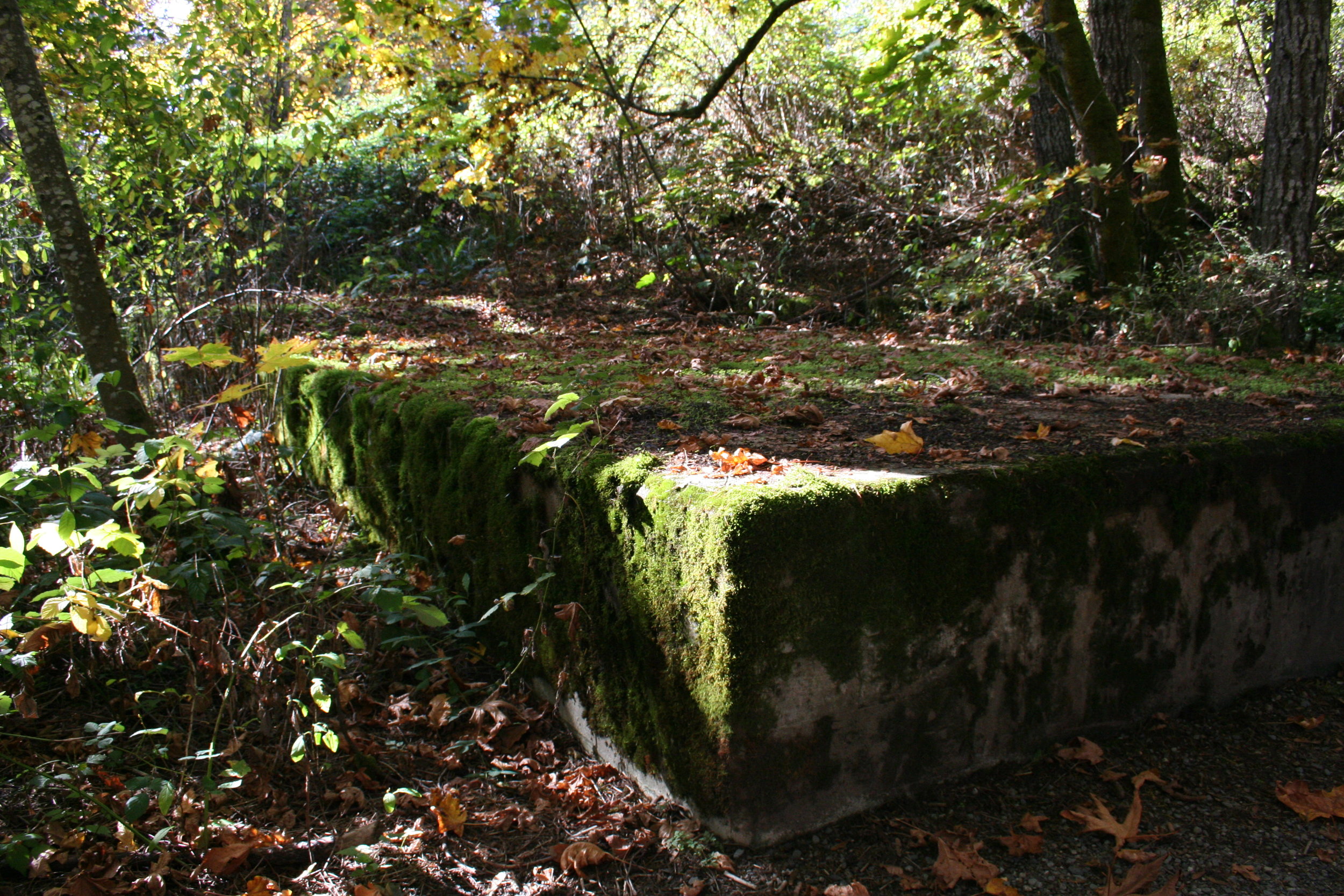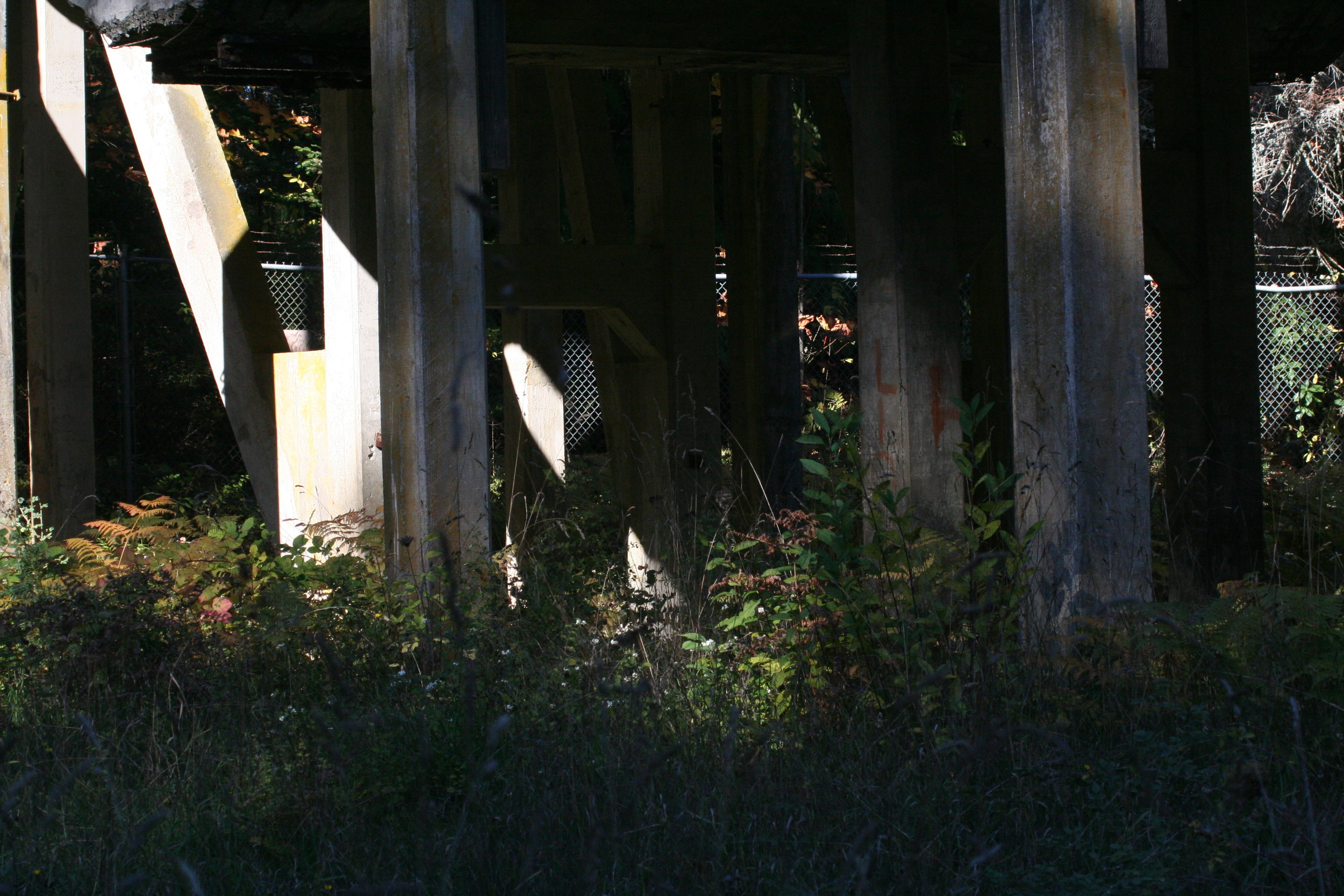The headframe and tipple at Morden Colliery had a dual purpose: pull coal from beneath the ground and drop miners back into the depths below.
Today, it’s a lurking relic of an industrial age of coal that ended nearly 100 years ago.
South of Nanaimo, before you hit Cassidy, you’ll find the decaying remnants of Morden Mine. Work on the colliery began in 1912, but due to the miners’ strike in Nanaimo in 1913-14, work on the below-ground portion was delayed. The mine finally opened in 1916 and drew coal to the surface until 1921, when the company, Pacific Coast Coal Mines (PCCM) went bankrupt, unable to pay its miners.
Just a year earlier, the future of the mine seemed bright. The provincial mines inspector reported 95,000 tons of coal dug out by 196 miners. PCCM had closed its Fiddick mine a few kilometres away in South Wellington and ordered the buildings – 14 cottages, 2 eight-room houses for the manager and overman, plus a boarding house – moved to Morden. The buildings were re-erected about 200 yards from the mine site.
The following year the mines inspector reported just one employee, essentially a watchman, at Morden and PCCM’s second mine further up Vancouver Island. A miner still waiting for his pay decided to take the office clock as compensation. The clock was donated anonymously to Friends of Morden Mine, a society which fundraises and advocates for the site’s preservation, and hung in Nanaimo Museum in 2008.
The 74-foot headframe, essentially a glorified elevator, hauled coal from the mine 600 feet below, which was then pulled to the top of the tipple and tipped into waiting rail cars destined for the company’s port at Boat Harbour. In operation for such a short time (1916-21), Morden Mine was essentially an economic failure and while it doesn’t have the same tragic history of other mines in the area, such as No. 1 Esplanade, it is one of the few examples of our coal-mining history that you can still experience today.
The imposing chain-link fence is designed to keep the curious from not only defacing the headframe and tipple, but also as safety precaution as the concrete is crumbling in the frost and thaw of Canadian winter, however mild on the West Coast. I suggest visiting while you still can – at some point, it will either fall down or be torn down.
Surrounding the headframe and tipple are foundations and remnants of industry. Some of them you can place your hands onto cool, mossy concrete and imagine the noise and smell of the mine’s daily workings.









